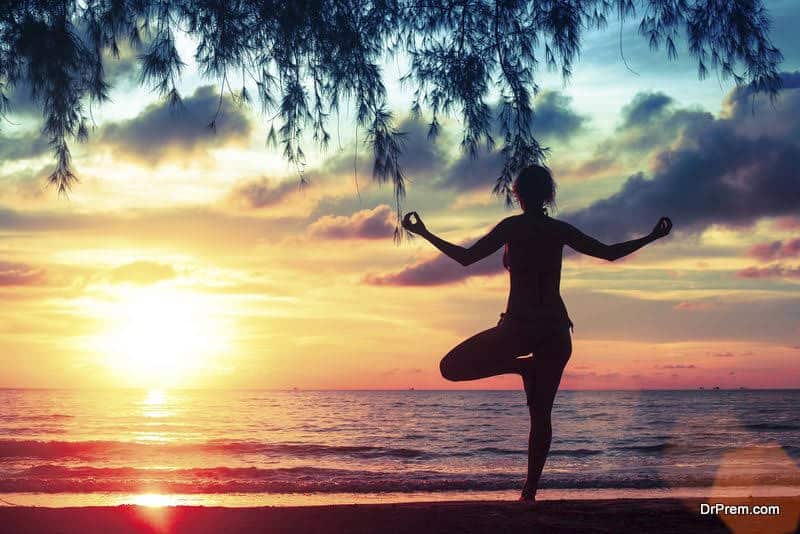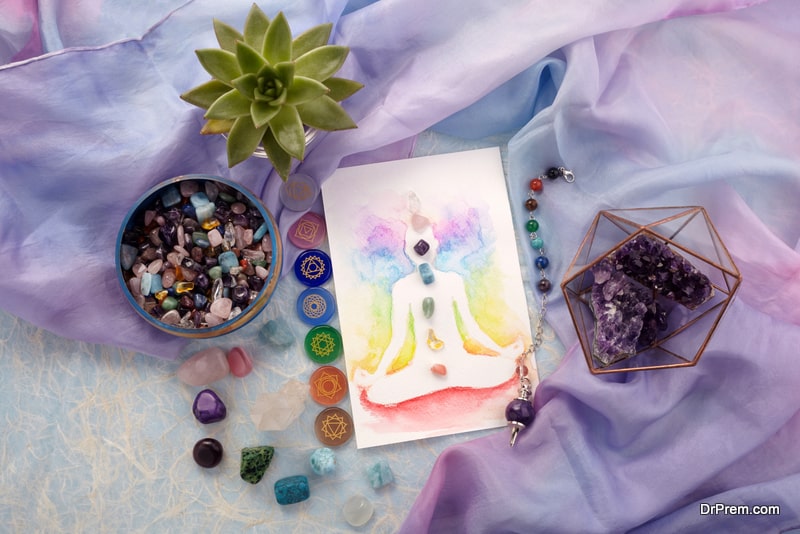The growing health ailments and lifestyle diseases are a major setback in our lives and we have to find a permanent solution for these as soon as possible. We have an advanced medical technology that has medicines for almost every health problem but these medicines do have many side effects and reactions. So the only approach to avoid these complications is to opt for natural healing techniques such as yoga. It is the best way to keep our physical and mental health absolutely perfect without any medication. But have you ever wondered about the history of yoga? If not, then let’s get some insight on it.
The history of yoga is very interesting and is classified into four different parts that are Vedic, Pre-classical, Classical and Post-classical.
The Vedic yoga came from the world’s oldest scriptures of ancient text, known as Vedas. There are four main Vedas such as the Rig Veda, Yajur Veda, Sama Veda, and Artharvana Veda. Veda means knowledge and there is a different meaning to each of the Vedas like Rig Veda (Knowledge of high power), Yajur Veda (knowledge of sacrifice), Sama Veda (Knowledge of chants) and Artharvana Veda (knowledge of Atharvana). Vedic yoga is the archaic form of yoga and is said to be a ritualistic way of life where people turn into rishis or yogis for eternal illumination.
The pre-classical form of yoga covers a long time of 2,000 years till the second century. The pre-classical yoga consists of a different text called Upanishads that tells you about the ultimate reality about self. There are around 200 Upanishads out which the most popular yoga scripture is Bhagavad-Gita that is written around 500 B.C. It emphasizes on doing one’s duty without expecting results. Later in 1200 B.C the great teacher Rishaba taught yoga through Jainism. Lord Buddha was the first Buddhist to study yoga, which includes scriptures that lay stress on meditation, and different physical postures.
The Classical Yoga was originated in the second century when C.E Patanjali composed Yoga-Sutras with 195 truths that are not to be written but to be memorized. Vyasa first did the Sanskrit translation of sutras Yoga-Bhashya. Patanjali believed that the human body is composed of two different things, matter (prakriti) and spirit (purusha). According to him practicing yoga will restore the spirit into its reality i.e. a teaching that changes a person to his/her real self.
The Post-Classical is the form of yoga that concentrates on the following of Vedanta, which tells that the ultimate unity is in the cosmos. In the earlier era, the main emphasis of yoga remains restricted only to meditation but during that course of time many yogis developed many other advanced techniques that would rejuvenate the bodies and prolong its life. These techniques involve many asanas (body postures) and pranayams (body techniques) that are presently practiced throughout the world.








